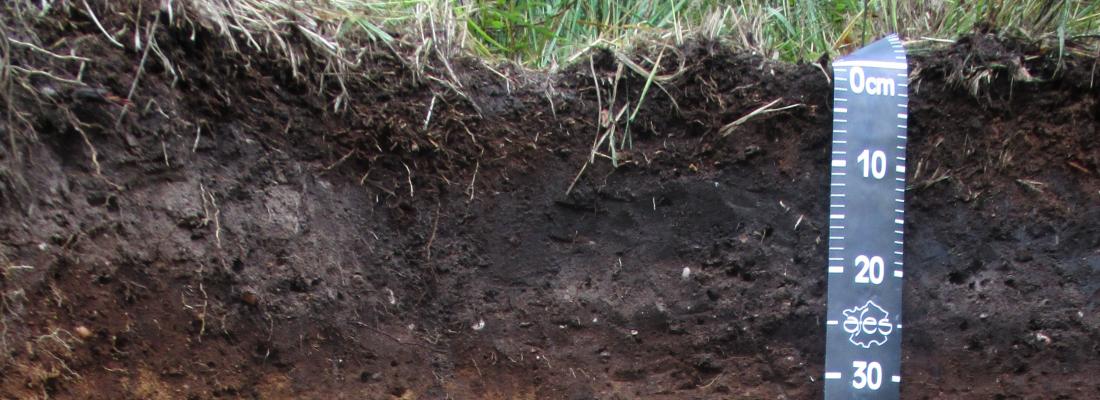It all begins and ends with soil. Soil organic matter is the foundation of food security, biodiversity and climate change mitigation. Recent technical advances in soil science and microbiology have revealed hitherto unsuspected organic matter decomposition processes. Researchers from INRAE, the University of Lorraine and AgroParisTech have joined forces to develop an innovative mathematical model that incorporates these recent discoveries. Their work, published on 5 February in Nature Communications, sheds new light on the cycle of soil organic matter.
Soil, and more particularly the organic matter that composes it, is increasingly at the heart of research work, due to its capacity to capture atmospheric carbon and its major role in soil health. Soil organic matter (SOM) is made up of a wide variety of carbon molecules. Microorganisms, as multiple microscopic actors, work together to break it down using enzymes as their tools. The understanding of SOM has considerably advanced in recent years. It was previously assumed that most SOM consisted of recalcitrant compounds, whereas the emerging view considers SOM as a range of polymers continuously processed into smaller molecules by decomposer enzymes. This new vision challenges existing models for predicting carbon dynamics.
This is why researchers from INRAE, the University of Lorraine and AgroParisTech have joined forces to develop a model that takes into account new data in soil chemistry and microbial ecology. This model, called C-STABILITY, combines the mathematical approaches of existing models and successfully reproduces the processes of SOM dynamics. C-STABILITY reflects the transformations carried out by enzymes and soil microbes while emphasizing the accessibility of SOM.
The theoretical simulations carried out using this new mathematical model shed new light on the relationship between microbial decomposers, SOM chemistry and SOM stock. The flexible mathematical structure of C-STABILITY offers a promising foundation for exploring new hypotheses in SOM and for better assessing the capacity of soils to store carbon.
| Reference
Sainte-Marie, J., Barrandon, M., Saint-André, L. et al. C-STABILITY an innovative modeling framework to leverage the continuous representation of organic matter. Nat Commun 12, 810 (2021). https://doi.org/10.1038/s41467-021-21079-6
|




